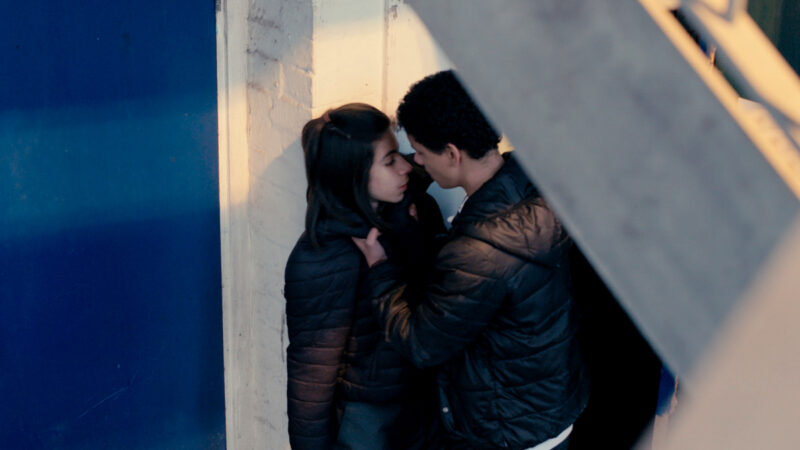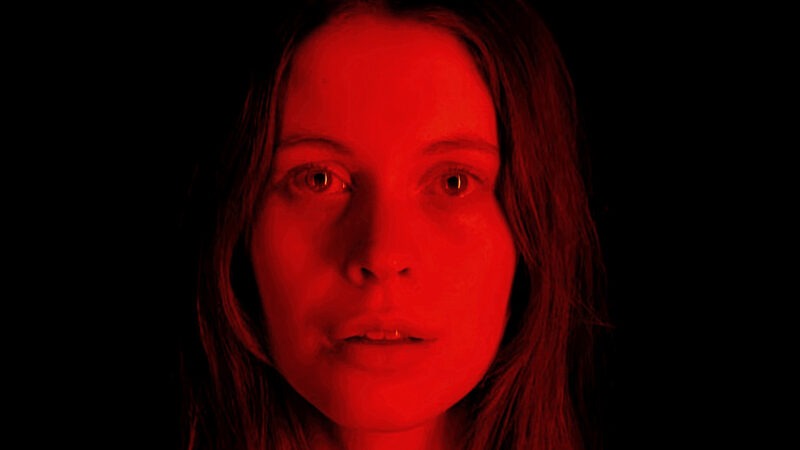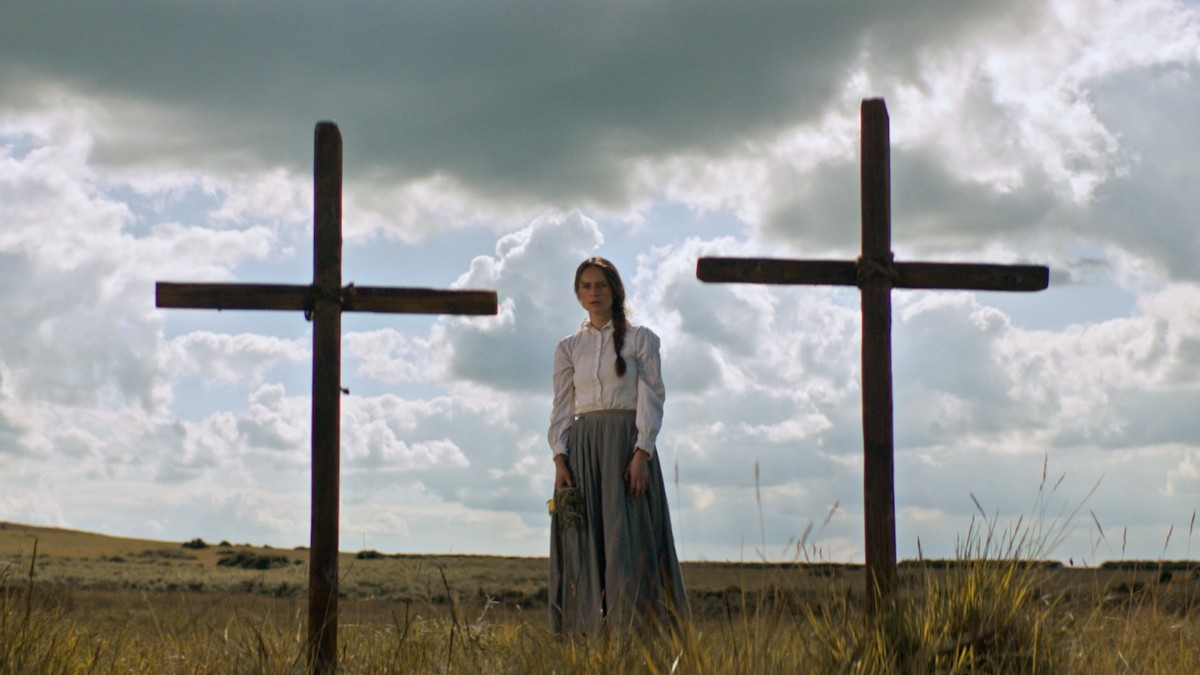
A Case Study
Narrative | Dramatic Features
Film Name: Who Goes There?
Genre: Horror/Western hybrid
Date: February 2020
Director: Astrid Thorvaldsen
Producer: Leah Bethany Jones
Writer: William Gillies
Cinematographer: Graham Boonzaaier
Editor: Name
Composer: Name
Production Company: The National Film & Television School, UK – Student graduation film.
Budget: £11,000 – The budget for the film isn’t an accurate depiction of the cost, as the NFTS provided the equipment, stage, and sets, so they are kept outside of our budget for the production. Additionally, the majority of the crew were also students from the school so this also was not a cost within the film’s budget. The budget for the film is as stated without these elements being accounted for.
Financing: The financing was provided by the National Film & Television School, UK, as part of the school’s grad film budgets.
Shooting Format: Digital Colour
Screening Format: DCP and Apple ProRes
World Premiere: The film’s world premiere was at Indy Shorts International Film Festival in Indiana, US this past July. Awards: The film was shortlisted for a Student BAFTA (live-action) and won both the Heartland Horror Award (Jury Prize) and the Heartland Horror Audience Choice Award at Indy Shorts International Film Festival.
Awards: N/A
Website: https://www.facebook.com/whogoesthereshort
The Official trailer for WHO GOES THERE? directed by Astrid Thorvaldsen
indieactivity: What is your film about?
Astrid Thorvaldsen (AT): Who Goes There? is a female-led horror western about the fear of loss. It is a twisted take on the American dream where a once hopeful settler family stands the risk of losing everything.
The idea for the film originally stemmed from a wish to combine the more epic scale of the Western with a contained family horror story. We are fans of both genres and believed they could complement each other on-screen. We have rarely seen a Western with supernatural elements, so this was something we wanted to explore.
The majority of films within the Western genre are told from the perspective of male characters, so we wanted to refresh the genre and tell the story from a female perspective. When it comes to the relationships between the sisters in the film, the chosen period and situation adds an extra layer to their dynamic, as it was expected that a man would be the head of the family at the ‘me.
In terms of horror, the thing that scares us the most is the uncanny feeling when something is slightly off about the people closest to you when the familiar becomes unfamiliar. We think this is an interesting fear to explore within the immigrant context; when your family is your whole world, what happens when it turns into something strange and destructive? How do family members act when the home starts falling apart? Who Goes There? is a film about family and the concept of home in a ‘me of crisis, and the horror springs from isolation, infiltration, and paranoia. We see these themes as being universally relevant, particularly in this day and age.
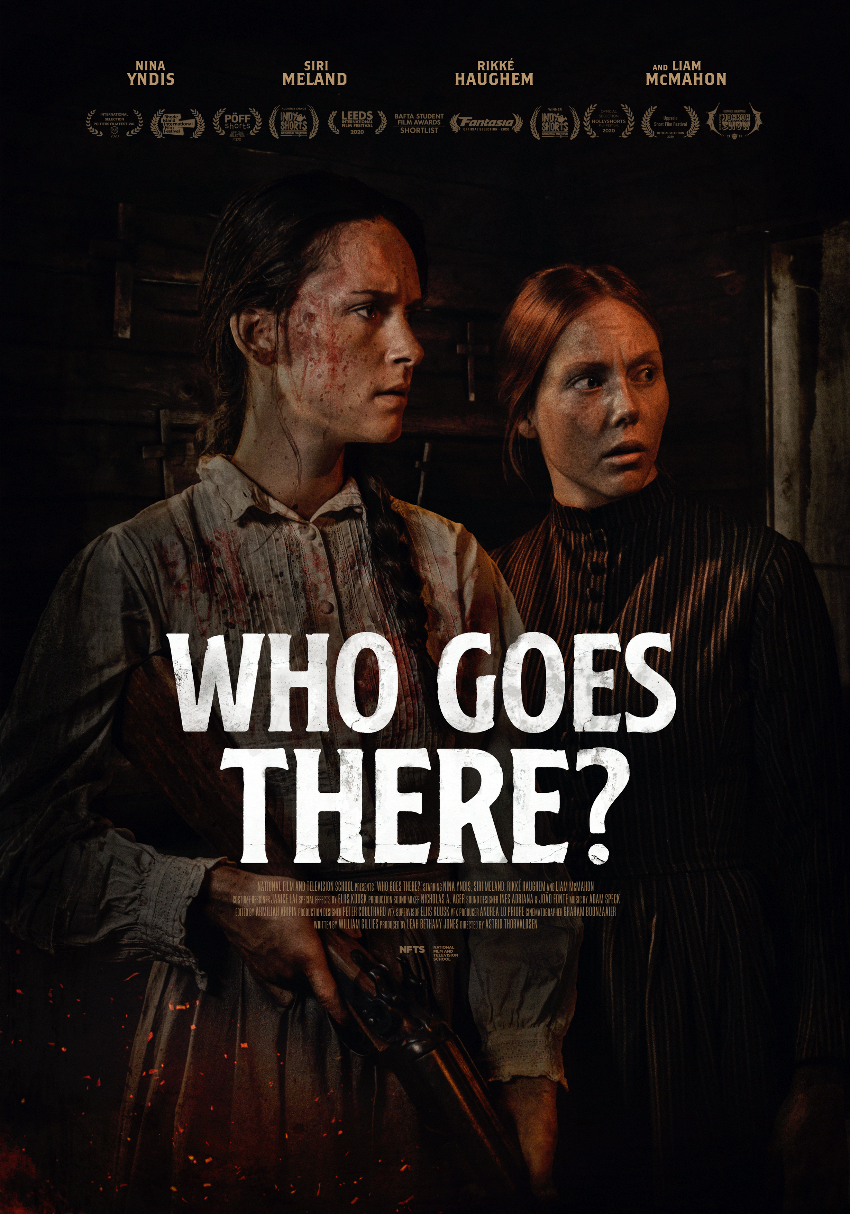
Tell us about the festival run, marketing and sales?
Astrid Thorvaldsen (AT): Luckily, our festival run for Who Goes There? began with the film being shortlisted for a Student BAFTA earlier this year. Following this, the film was selected to have its world premiere at Indy Shorts International Film Festival this past July, where it won both the Jury Prize and the Audience Choice Award for its category. Winning these prizes helped the film gain some more exposure and since its world premiere, the film has been selected to screen at Fantasia Film Festival, Telluride Horror Show, Flickers’ Vortex Sci-Fi, Fantasy and Horror Film Festival, Uppsala International Short Film Festival, Leeds International Film Festival, PÖFF Shorts (Tallin Black Nights Film Festival), EnergaCAMERIMAGE, HollyShorts Film Festival and will be screening at Poitiers Film Festival and Rome Independent Film Festival Awards later this month.
Give the full Official Synopsis for your film?
Astrid Thorvaldsen (AT): Minnesota 1880: Three Norwegian sisters are living alone in a settler’s cabin on a desolate prairie. The eldest sister, Ingrid, is now in charge of her sisters after the passing of their parents. Now a strange illness threatens the life of her youngest sister, Ada. When a stranger appears on their land asking for help and claiming to be a doctor, Ingrid is conflicted on whether she can trust him. Without any other choice, she invites the man inside to treat Ada. Ingrid will soon discover that a supernatural force has crossed her threshold.
Development & Financing?
Astrid Thorvaldsen (AT): Who Goes There? was made as part of the curriculum at the National Film & Television School in the UK. The very origin of the film started as a discussion between the film’s writer, William Gillies, and the film’s director, Astrid Thorvaldsen, about what they would make if they were to make a genre hybrid between a western and a horror film. Aker conversations about cowboys and saloons and the lack of female-led western films, they decided to tell a story about sisters living alone out on the plains in the American Midwest. The film’s producer, Leah Bethany Jones, came onboard and the three of them kept developing the story together. Soon the film was set in the 1800s, the main characters were Norwegian immigrants, one of the sisters was sick, and a whistling entity roamed the lands and was designed to end up at the sister’s house.
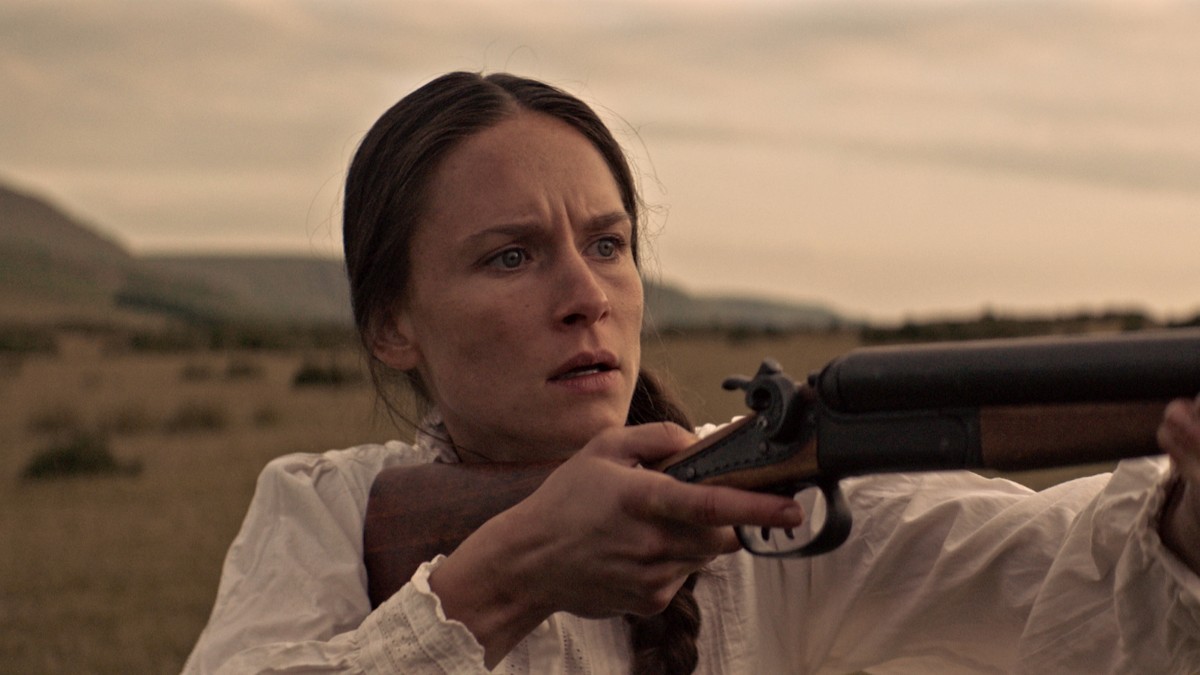
Since Who Goes There? was a graduation film at the NFTS, there were script development meetings with tutors held weekly alongside team meetings between the writer, director, and producer. Throughout the development and different versions of the script, the core themes existed throughout – family, paranoia, and the fear of loss.
Production?
AT: When the script had been completed, the search for the right location in the UK that could match the landscape of Minnesota. Aker a lengthy search, Brecon Beacons National Park in Wales was chosen as it was the location we could find that had the most potential resembling the American Midwest. Fun fact: this was the same location used for the opening of John Landis’ An American Werewolf in London. To avoid a full build on location in Wales, the film was shot both on location at the Brecon Beacons National Park in Hay-on-Wye (exteriors) and in-studio at the National Film & Television School in Beaconsfield (interiors). When scheduling with the film’s 1st AD, Gabriel Lippe, a decision was made to shoot the exterior scenes first, allowing the second half of the shoot to be all the remaining indoor scenes on the stage at the NFTS.
The main reason for shooting in this order was the lighting. Saving the stage for the end of the shoot allowed us to adjust the lighting of the interior scenes based on the weather we had during the shoot on location in Wales. To help blend the interior and exterior shooting, we built two walls of the outside of the cabin on location in Wales, with the roof and remaining walls being digitally rebuilt by the NFTS’s DFX students, overseen by Visual Effects Supervisor, Eliis Kuusk and VFX Producer & Colourist, Andrea Lo Priore. Alternatively, a green screen was used when shooting moments where the characters traveled between the inside and outside of the cabin.
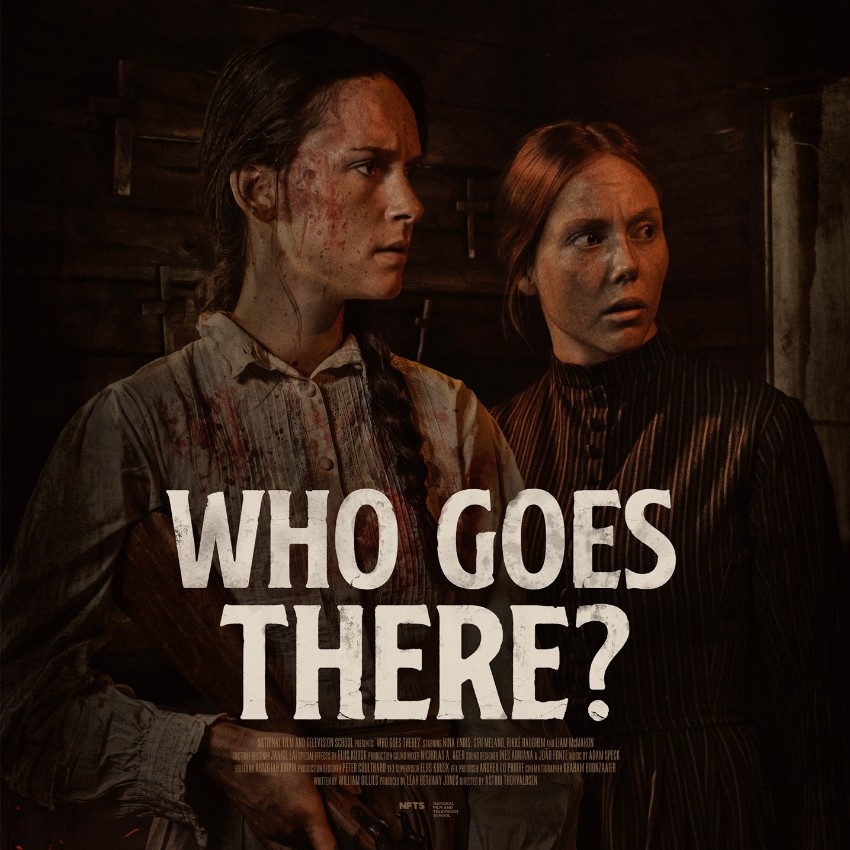
When searching for our cast, Gemma Sykes, the film’s casting director, had the difficult task of searching for three Norwegian actresses with a similar accent who could play the roles of the three sisters. The team considered flying Norwegian actresses over from Norway for the film, however when Gemma found Nina Yndis, Siri Meland. and Rikké Haughem, Norwegian actresses living in the UK – the team knew they had found their sisters. Aker speaking with Liam McMahon, Astrid spoke with the rest of the team about considering changing the Outcast’s nationality from American (as originally written) to Irish. The team agreed that having a Western film without an American accent helped enhance the film’s themes of displacement and isolation even more.
The film’s Cinematographer, Graham Boonzaaier, opted to shoot using an Arri Alexa Mini with Cooke 2X Anamorphic lenses which allowed the exterior landscape of the prairie to feel that much more vast and isolated and contrasted with the tight and restrictive feel of the interior cabin. The Arri Shift & Tilt system was used on a few particular shots to help further the theme of dread and create a sense of unease. Graham and the film’s production designer, Peter Coulthard, were both essential in the challenging task of making the location and the studio feel like one coherent world onscreen.
The NFTS’s DFX team worked closely with Astrid and Graham to ensure integral moments, such as the Outcast being set on fire, would be handled correctly so the fire would feel as realistic as possible. This was achieved by filming the actor’s performance on location in Wales and composing the fire onto him by filming a dummy that replicated his movements and was set alight.
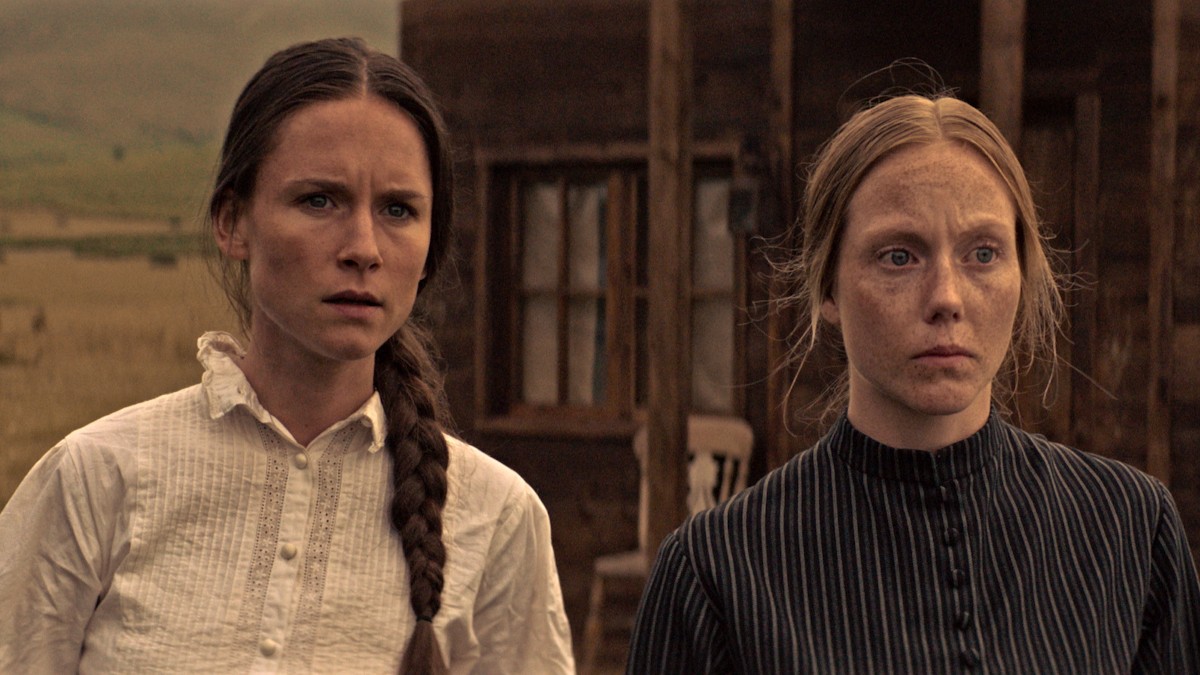
The film was edited by Armiliah Aripin, who worked closely with Astrid to find the right pace for the film. Armiliah also worked hard to make sure the tension in the film built gradually so the moments of horror were as shocking as they could be. Adam Speck, the film’s composer, alongside Ines Adriana and João Fonte, the film’s sound designers, worked hard to strike the balance between the reality and the supernatural elements woven throughout the film. A lot of effort went into creating the sound of the entity that infiltrates the family. The film never reveals the entity in its original physical form, so it was crucial to get the sound of it right. Adam worked to unite the western and the horror genre in the music. He used a number of string instruments and worked with them to get the right uncomfortable feeling in the score
Festival Preparation & Strategy?
AT: When it came to festival strategy for Who Goes There? we hoped the film had the ability to succeed in both festivals that focused purely on genre films, as well as award-qualifying festivals that had genre/student film programs in their selections. As mentioned, the film is shortlisted for a Student BAFTA jump-started our festival run, and helped legitimize the film to festival programmers. The film’s selection to Indy Shorts for its world premiere was a wonderful first festival for Who Goes There?, as not only was the festival hosted in the Midwest, but it also won both the jury and audience prizes for its category, which again helped bring more aRen’on for the film. Since its premiere, as we had hoped, the film has been selected for both genre-focused festivals (such as Fantasia and Telluride Horror Show) as well as award-qualifying festivals (such as Uppsala, Leeds, and PÖFF Shorts).
Advice from the Filmmaker?
AT: We are very new to the game as we only graduated from the NFTS in February earlier this year, so it might not be wise for us to give out advice. But if we in theory were to give advice to filmmakers out there, it would be to not be afraid of being ambitious! We faced many challenges in the process of making this film, and sometimes the trial of bringing this world to life onscreen felt overwhelming, but the film got made in the end. Have breakfast, deal with one challenge at a time, and surround yourself with a team of passionate and hardworking people. The latter goes a long way. If you feel terrified, that’s okay. A good chunk of fear is always good because that just means you care. Make sure to balance it with a bit of humour though, as having a laugh never killed anyone (or did it? – it’ll not be the worst way to go).
Tell us what you think of the Case Study for WHO GOES THERE? What do you think of it? Let’s have your comments below and/or on Facebook or Instagram! Or join me on Twitter.
Follow Astrid Thorvaldsen on Social Media
IMDb
Facebook
Instagram
Vimeo
MORE STORIES FOR YOU



